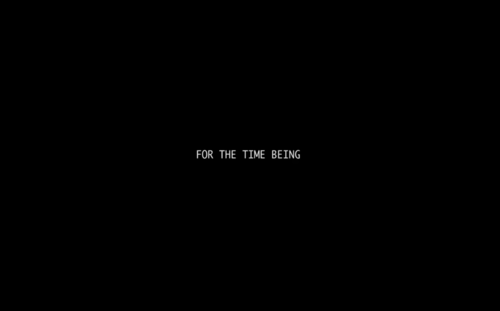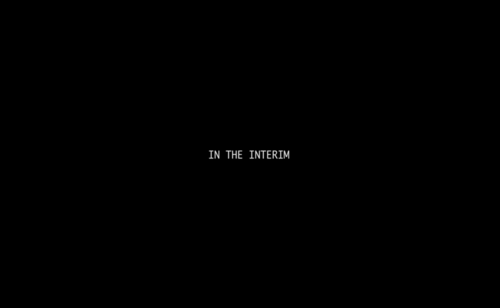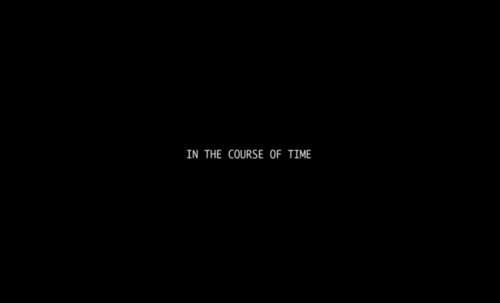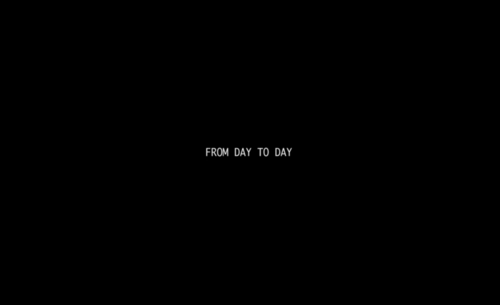No. 11, FOR THE TIME BEING
Film presentation in collaboration with NOW INSTANT IMAGE HALL
October 8–17, 2021
Los Angeles, California
Opening Reception: Friday, October 8, 2021
Included Work:
For The Time Being, Deborah Stratman (2021)
Kon Kon Pi, Cecilia Vicuña (2010)
On Time, Gian Spina (2017)
घरी पण घरी नाही At Home But Not At Home, Suneil Sanzgiri (2019)
General Behavior, Farah Al Qasimi (2020)
Films will be screened outdoors at MASCOT, with select stills and video available through NOW INSTANT’s website
ABOUT THE PROGRAM
Borrowing its title from Stratman's film, FOR THE TIME BEING investigates our relationship to time, framed through the diaristic collaging of cultural mythology, family lineage, memory, geography, the natural world, and idle time.
Set around the Great Salt Lake, Mono Lake, and Meteor Crater, Stratman's newest film, For The Time Being (2021), is an homage to the practice of the artist Nancy Holt, and a reflection on a written work from Holt to Robert Smithson from 1978. The piece reads, “For the time being, in the interim, in the course of time, from day to day, from hour to hour, until, in due time, and in the fullness of time, time endures, goes on, remains, persists, lasts, goes by, elapses, passes, flows, rolls on, flies, slips, slides, and glides by.” Stratman uses images of terminal lakes, framed views, monuments, and beings that represent time, overlapped with recurring dot patterns, taken from the four constellations Holt drilled into Sun Tunnels in 1976. This love letter, of sorts, between Stratman and Holt mirrors Holt's own sentiments to Smithson, her partner until his death in 1973. Stratman’s attention to the vastness of space forces us to pause—to slow down time—emphasizing the intimate gift that time itself is.
Cecilia Vicuña’s film Kon Kon Pi is similarly centered around the natural world. Made in 2010 on her return to Concón, Chile, Vicuña weaves poetry with documentary in a tribute to the land where her work began, the sacred oracle site for the god Kon on the mouth of the Aconcagua River. Kon Kon Pi opens with Vicuña dragging a red rope across the shore—the lines left in the sand eventually reclaimed by the tide, washed away, forgotten. Vicuña's tasks in the film are set to the sound and dance of the "bailes chinos," ancient rituals that Vicuña describes as "dying along with the sea." Alluding to the sanctity of water's life cycles, Kon Kon Pi is a prayer-cum-plea to time and its gradual erasure of memory and tradition. Suneil Sanzgiri’s work At Home But Not At Home (2019) continues the investigation of the effect time has on memory. Having never visited his father's hometown of Curchorem in South Goa, At Home But Not At Home can be seen as an attempt to reconnect place with time through moving images and oral story-telling. Sanzgiri simultaneously zooms out and in, using drone footage of landscapes historically linked with liberation movements across the globe alongside intimate recordings of Skype conversations with his father. Having found refuge in the cinema as a child, Sanzgiri's father recalls his own childhood in [then] Portuguese-occupied India, paralleled through cinematic representation of Indian liberation. Exploring the ways that memory is constructed, At Home But Not At Home considers the universal feeling of detachment from our starting point.
Gian Spina's On Time (2017) is a philosophical investigation of the very definition of time as it connects to memory. São Paulo-born, Spina opens his film with a call for action to the people of Brazil—to consider time in an effort to remember. To reflect on time's construct as an act of preservation. Questioning the relationship of time and memory as they relate to violence and threat, Spina notes the power that both have to hurt and heal. The crux of On Time is Spina's own contemplation on the existence of time. What does it mean to be present when the moment we acknowledge what's in front of us, it is already in the past? Spina uses repetitive imagery from his archive of the last 15 years, looping the images at an unmeasurable pace, in unidentifiable patterns. Like Stratman, Spina uses images that are, in themselves, representative of time, similarly addressing the innate intimacy time holds. Combining his own writing with poetry and philosophy, On Time is an effort to conceptualize that which cannot be fully understood. Citing Eliot's Ash Wednesday, "because i know that time is always time / and place is always and only place / and what is actual is actual only for one time / and only for one place," Spina carefully unveils the complicated nature of time, memory, place, and the here and now.
The present moment is the starting point for Farah Al Qasimi's piece, General Behavior (2020). Al Qasimi opens her journal to us, documenting moments from her everyday life, moments of general time. General Behavior portrays the passing of time in a way that has become so common to many of us throughout the pandemic. The idle time. The way time has felt bookended by a global experience. The way time has slowed down, in many regards. Watching the images Al Qasimi uses in the film is reminiscent of looking through your own photos on your phone. An Instagram face-filtered selfie, travel photos from years past, banal images from the car, from inside the house. But through the ordinary comes Al Qasimi’s point of reflection, as she tells of a story her mother once told her. A story her father is convinced is a dream, not a real memory. But the space the memory lives in, real or imagined, is irrelevant. Qasimi sees no need for distinction, it's a good story either way. And maybe she’s right? Al Qasimi’s sentiments echo Stratman’s, calling attention to the in-between, as we find ourselves caught in what once was and what now is. Is there a space between the permanent and the interim? If time is constructed and the present is already in the past, as Spina considers, is anything permanent? Are all moments in the interim?.





